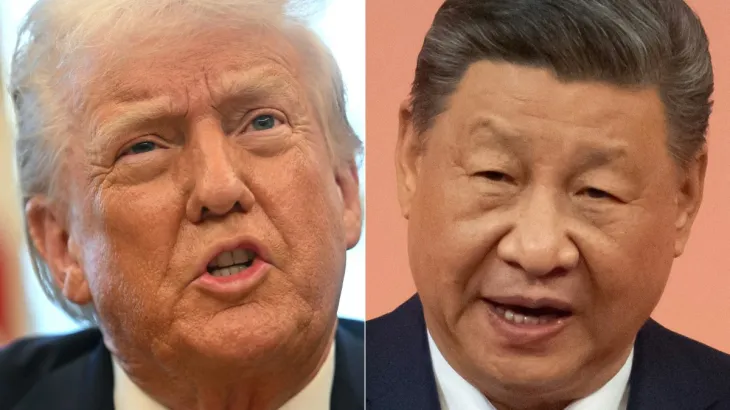The United States and China have announced a new deal to significantly reduce reciprocal tariffs. The agreement, revealed on Monday, marks a key step in easing the trade tensions between the two largest economies in the world.
U.S. Treasury Secretary Scott Bessent confirmed the deal during a press briefing in Geneva. He stated that both sides agreed to pause tariff measures for 90 days. This temporary halt is designed to allow both nations to engage in further discussions and negotiations.
In addition to the pause, the agreement includes a major reduction in tariffs. Both countries agreed to slash reciprocal tariffs by 115%. This is expected to lower the cost of trade between the two nations and help ease the economic pressure that has been mounting for years due to the ongoing trade war.
Impact on Trade Relations
The deal comes after months of rising trade tensions between the U.S. and China. Both countries had imposed tariffs on hundreds of billions of dollars in goods, which disrupted global trade and created uncertainty in markets.
The 90-day pause is seen as a positive step, offering both nations a chance to review their policies and negotiate terms that could lead to long-term stability in their trade relations.
Why Tariffs Are Being Reduced
The reciprocal tariff reduction is being hailed as a sign of progress. The tariffs, which had been placed on a wide range of goods, have hurt industries on both sides. The U.S. has seen increased costs for Chinese-made products, while China’s exports to the U.S. have been impacted by the tariffs.
By agreeing to lower these tariffs, both countries aim to stimulate trade and reduce the economic strain that has affected businesses and consumers. It’s expected that the move will help ease some of the financial burdens on both economies and encourage smoother cross-border transactions.
Global Reaction
The announcement of the tariff reduction has been met with positive reactions from global markets. Financial experts are hopeful that this agreement could mark a turning point in the trade dispute. Many believe that continued cooperation between the U.S. and China could help stabilize the global economy and foster better international trade relations.
The U.S.-China trade war has been one of the key global economic issues over the past few years, with both countries imposing tariffs in a tit-for-tat exchange. This deal is seen as a step toward de-escalating that conflict and may set the stage for further agreements in the future.
Next Steps
Although the 90-day pause is an important first step, the long-term resolution of the trade issues between the U.S. and China remains uncertain. Both countries have committed to continuing talks during this period to address more complex issues that remain unresolved.
As the 90-day pause progresses, many are watching closely to see if the two nations can agree on more comprehensive measures to prevent future trade disputes and improve their economic relationship.
For now, the deal represents a positive shift in U.S.-China relations, offering a glimmer of hope for resolving the trade war that has affected economies worldwide.
Follow us on Google News, Instagram, YouTube, Facebook,Whats App, and TikTok for latest updates
